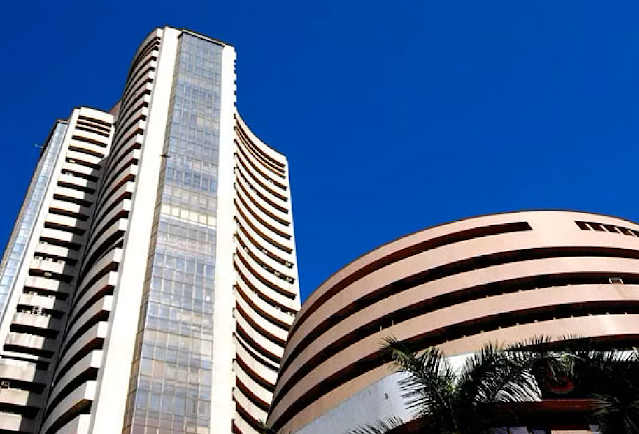The Ins and Outs of the Bombay Stock Exchange
A Journey Through Time: BSE's Evolution from 1875
The Bombay Stock Exchange (BSE) is more than a financial entity; it's the beating heart of India's economic evolution. Born under a banyan tree in Mumbai's Dalal Street in 1875, the BSE emerged from informal trading to become Asia's first stock exchange. As India's economic landscape transforms, understanding the BSE becomes paramount for ardent investors.
Nurturing Growth: Historical Milestones and Transformations
The BSE's roots trace back to five visionary stockbrokers, envisioning a marketplace for transparent and regulated transactions. On July 9, 1875, the Native Share & Stock Brokers' Association, later known as the Bombay Stock Exchange, was established. Recognized as a stock exchange under the Securities Contracts (Regulation) Act of 1956, the BSE embraced electronic trading in the 1990s, becoming a technological trailblazer in India's financial realm.
Paving the Way: Listing and Trading on the BSE
For companies, listing on the BSE opens doors to capital and India's vast investor base. Meeting specific eligibility criteria and adhering to stringent regulatory requirements ensure transparency and safeguard investor interests. Once listed, companies gain visibility and credibility, setting the stage for active trading.
Market Barometers: Sensex, Nifty, and BSE Indices
The BSE is synonymous with benchmark indices like Sensex and Nifty. Sensex, with 30 actively traded stocks, acts as the pulse of the Indian stock market, reflecting overall market sentiment. Nifty, managed by the National Stock Exchange, comprises 50 prominent stocks, offering a broader market performance snapshot.
Seamless Transactions: BSE's Trading Mechanisms
BSE employs the BSE StAR (Stocks, Bonds, and Rupee) electronic trading platform, ensuring a seamless and efficient trading experience across equity, derivatives, debt, and currency segments. BSE StAR facilitates order matching, trade execution, and real-time market data dissemination.
Diverse Participation: Market Players and Investor Engagement
The BSE attracts a diverse range of participants, including institutional investors, retail investors, corporates, and foreign portfolio investors. With extensive reach and comprehensive investor education initiatives, the BSE empowers individuals and organizations to make informed investment decisions, fostering inclusivity and driving engagement.
The Finale: Unleashing Financial Success
In conclusion, investors, traders, and market enthusiasts can attain financial success by delving into the intricacies of the BSE and leveraging reliable trading platforms like 5paisa. The BSE, with its rich history, robust regulatory framework, and diverse market offerings, stands at the core of India's economic narrative, steering innovation, wealth creation, and shaping the future of finance.
FAQs
How did the BSE originate?
The BSE originated in 1875 under a banyan tree in Mumbai's Dalal Street, evolving from informal trading to Asia's first stock exchange.
What makes Sensex and Nifty significant?
Sensex and Nifty, BSE's benchmark indices, act as barometers of the Indian stock market, reflecting overall sentiment and broader market performance.
What is BSE StAR, and how does it enhance trading?
BSE StAR is the electronic trading platform facilitating seamless transactions across equity, derivatives, debt, and currency segments.
Who participates in the BSE market?
The BSE attracts a diverse range of participants, including institutional investors, retail investors, corporates, and foreign portfolio investors.
How can individuals achieve financial success through the BSE?
By understanding the BSE's workings and trading via reliable platforms like 5paisa, individuals can unlock financial success in India's dynamic market.







Post a Comment